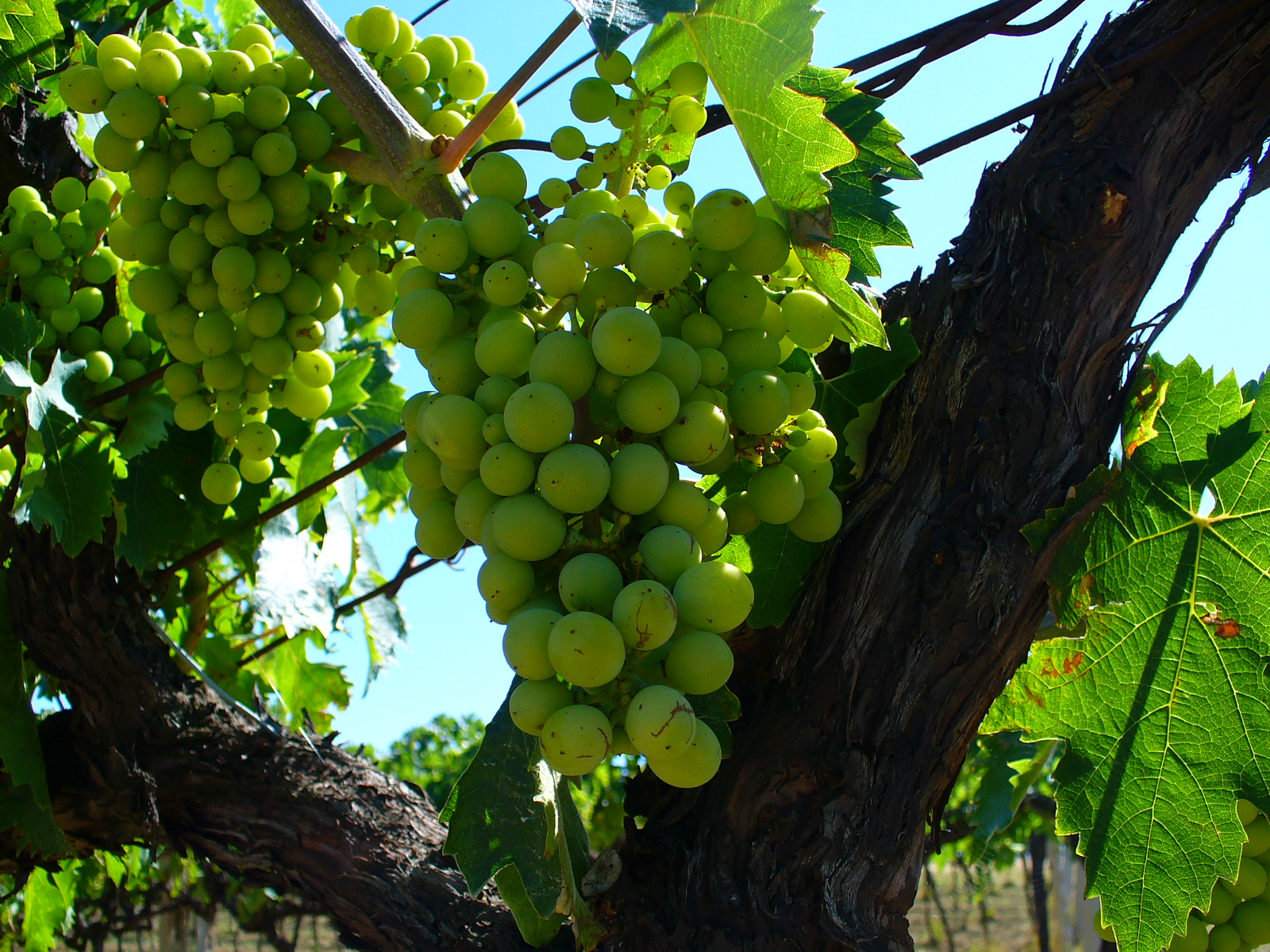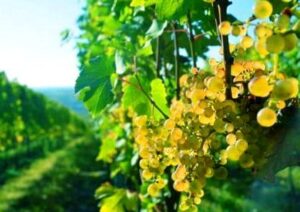White Zinfandel
White Zinfandel, often abbreviated as
White Zin, is an off-dry to sweet, pink-colored blush
wine. White Zinfandel is made from the Zinfandel wine grape, which would otherwise produce a bold and spicy red wine. As such, it is not a grape variety but a method of processing Zinfandel grapes. Rosé wines, also known as blush wine, is a wine that is somewhere in color between a white wine and red wine. While they can vary in color from pink wine, to salmon, to light red, rose wine doesn't quite fall into either the white or red spectrum.
Pair White Zinfandel with light meat, including chicken, pork and lamb. The general rule with wine pairing is white meats with white wines and red meat with red wine. As a sweet wine, White Zinfandel is best paired with light flavours so that it is not completely overpowered. Possible white meat options include grilled chicken, pork chops, chicken kebabs or chicken sandwiches. Pair White Zinfandel with seafood. As with white meat, white wines are commonly paired with seafood, including any variety of fish, lobster, cockles, crab cakes, clam chowder, Digby scallops, fish and chips and grilled or steamed shrimp.
Shiraz
(
Sah-ra or Shi-raz) Syrah and Shiraz are two names for the
same variety. Europe vintners only use the name Syrah.
Shiraz is the name given to the dark-skinned Syrah grape when grown in Australia and selected pockets of the New World. Though genetically identical, the stylistic differences between Shiraz and Syrah are pronounced enough to consider them distinct varieties. Shiraz is so important to Australian viticulture that it is the most planted grape variety in the majority of Australian vineyards and is virtually synonymous with marquee wine regions such as the Barossa Valley.
Shiraz wines display firm tannins (although they are typically ripe and smooth, not abrasive like younger reds can be), a medium to full body, and the rich round flavours of black cherry, blackberry, plum, bell pepper, black pepper, clove, licorice, dark chocolate and smoked meat.
Toffee notes if present come not from the fruit but from the wine having rested in oak barrels. The Shiraz variety gives hearty, spicy reds. While Shiraz is used to produce many average wines it can produce some of the world’s finest, deepest, and darkest reds with intense flavors and excellent longevity.
Shiraz is great for grilled meats or veggies, wild game, richly flavoured red meats, in particular ribs as well as beef stew and meat lover's pizza.
There you have it, our two Wines of the Month. I hope you will enjoy !
Edd Lawrence, Manager & Wine Crafter
Wine Kitz Digby
 Verdicchio is a white Italian grape variety from the central region of Italy known as the Marche region. This type of grape has been growing there since the 14th century. It is also thought that the Verdicchio varietal may be indigenous to the Marche. There are clones which share similar genetic info as the Trebbiano and Grecogrape varieties grown in the Lombardy and Soave areas.
Verdicchio is a white Italian grape variety from the central region of Italy known as the Marche region. This type of grape has been growing there since the 14th century. It is also thought that the Verdicchio varietal may be indigenous to the Marche. There are clones which share similar genetic info as the Trebbiano and Grecogrape varieties grown in the Lombardy and Soave areas.










